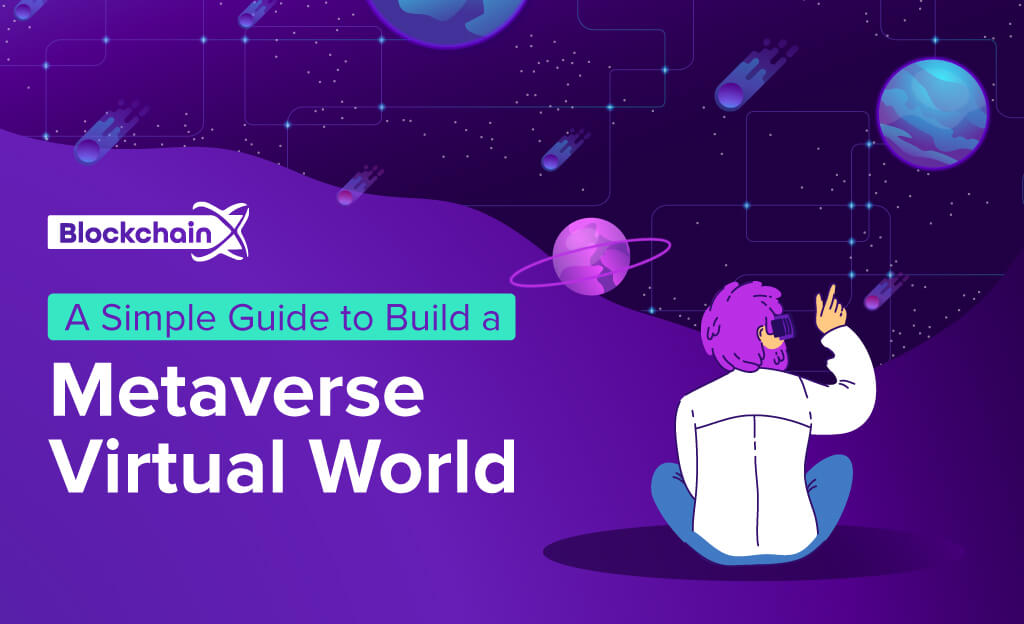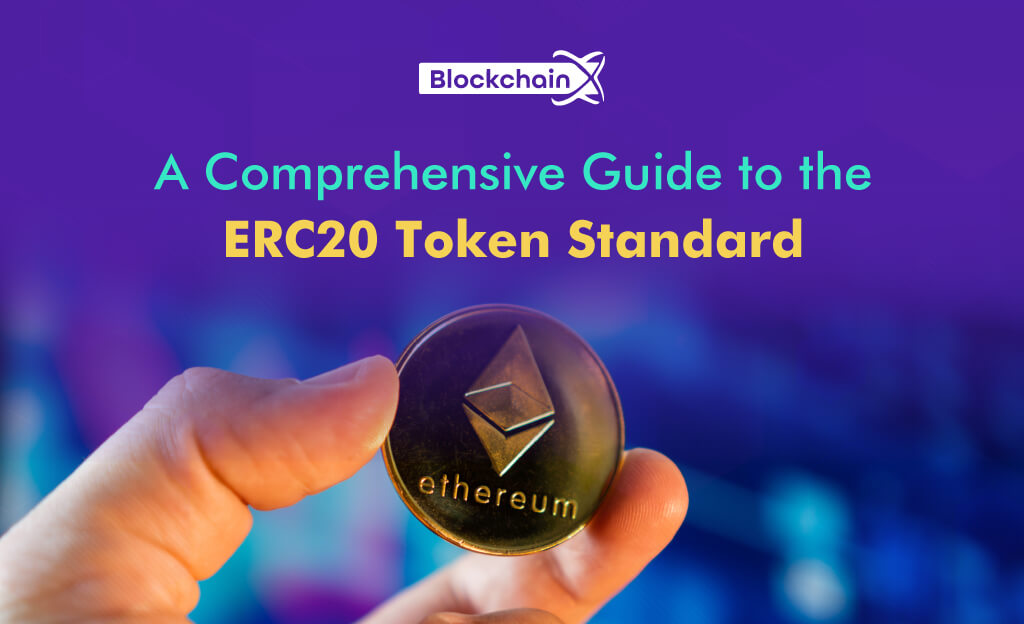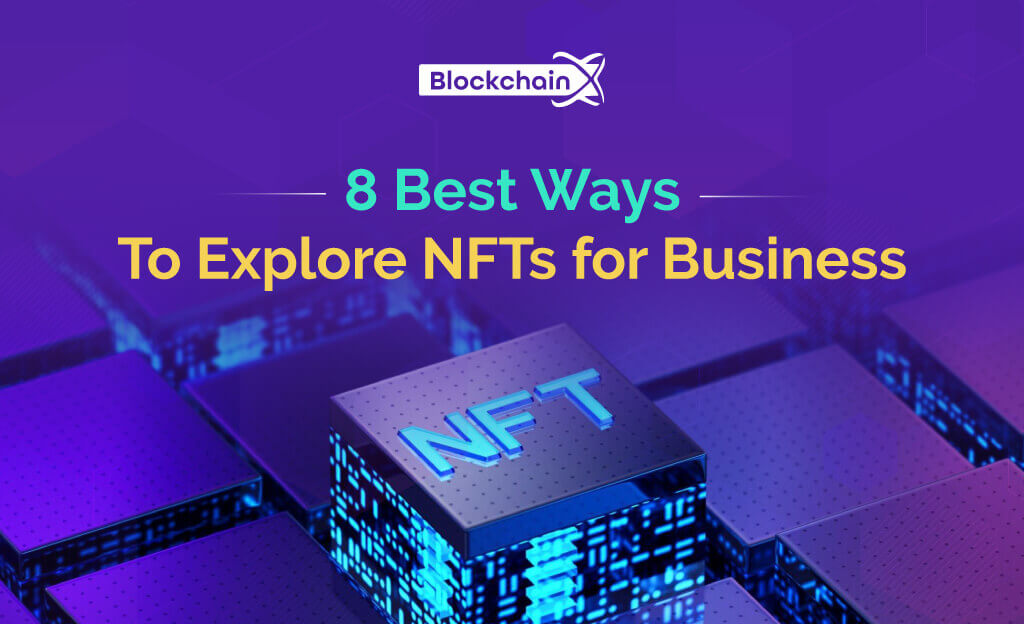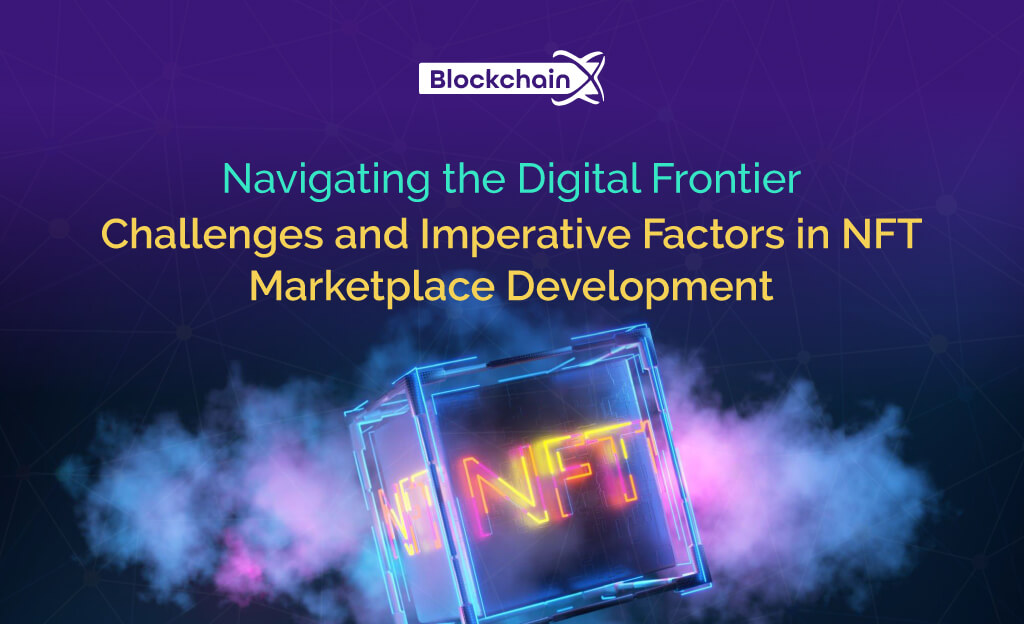
The Ultimate Guide on How to Build a Metaverse Virtual World in 2023
If the last few decades were the internet era, the coming decades will be for the Metaverse. The Metaverse will make the virtual world more interactive, immersive, and collaborative than the internet. Before we get into how to build a virtual reality world, it's a good idea to start with what a metaverse is and build from there.
So, get ready for an informative read as we intend to share everything you need to know about Metaverse and how to build a Metaverse world.
What is Metaverse?
A Metaverse is a virtual realm where the real world and the internet collide. It is a persistent, shared space in which users can interact with one another and with their surroundings. A metaverse can be used for many different things, such as social networking, online gaming, and business collaboration.
Metaverse is frequently compared to traditional video games or virtual worlds, but there are some important distinctions. First, a metaverse is intended to be realistic and believable while also offering a high level of interactivity and flexibility. Second, unlike most video games, a metaverse is intended to be used by a large number of people at the same time. Finally, a metaverse is constantly evolving and expanding, with new possibilities emerging.
How to build a Metaverse virtual world ?
The Metaverse is complex, and the structures we build into it must support interoperability and be as persistent and synchronous to the real world as possible. It must also be fully secure enough to permit transactions, thereby creating an economic base. The virtual world must also be filled with meaningful content and experiences. On a high level, the steps involved in building a metaverse app are as follows:
Step 1: Choose a metaverse platform
Step 2: Design the metaspace
Step 3: Build an interaction layer
Step 4: Build an interoperability layer
Let's delve deeper and figure out what needs to be done at each stage.
Step 1: Choose a Metaverse platform
To create a Metaverse space or app, you must first select a metaverse platform. You can choose from the market's existing metaverse platforms, such as Facebook Meta. You can also create your own metaverse platform from the initial concept. The second option is more costly, but it is better suited for custom metaverse requirements, especially for businesses. Because the platforms on the market today are mostly in their early stages, the features, functionalities, and developer communities are not as evolved. You can choose the best platform for your project or create your own virtual world.
Step 2: Design the Metaspace
After deciding the metaverse platform, the next step is to design the metaspace. A metaspace can be anything from a software application to a virtual meeting room, conference hall, or even a virtual home theater. Metaspace is a virtual space that can be accessed by wearing a virtual reality headset. People in a metaspace can interact with their surroundings as well as with other people. You must first create a virtual metaspace that can be added to the metaverse before you can create a virtual meeting room for your company.
Step 3: Build an interaction layer
To enable your user to engage with the metaspace you created, you must build an interaction layer in the third step. The integrations with third-party tools and software needed to support the operation of the metaspace are also specified in the interaction layer.
For example, if you require a Zoom call feature within your virtual metaspace, you should plan to integrate Zoom APIs or SDKs into the metaspace you are developing. It also looks after the hardware components and external output devices such as haptic gloves, smart glasses, virtual goggles, and so on.
Step 4: Build an Interoperability Layer
Interoperability standards enable operational processes to facilitate the exchange and sharing of information between different systems. Interoperability is intended to benefit both humans and machines in terms of data access and use. Interoperability standards are a set of common expectations that enable interoperability between two parties to communicate with one another in a common language. Payment gateways that allow the transfer of virtual money/crypto are supported by Metaverse. A fully functional virtual world requires the use of a blockchain to route secure, transparent, and decentralized transactions.
Creating Animated Virtual Reality for the Metaverse
Another reason virtual reality is becoming more popular is that it is gaining traction in popular media. Cross-platform internet growth is becoming more common as technologies converge across platforms. It is possible to develop an application that works with all VR platforms for a portion of the cost and effort.
Virtual reality websites will require advanced technologies to be effective, so your team must anticipate what those modern technologies will be. To begin, we will use Aframe.io, which is a collection for rendering and VR scenes using simple HTML and JavaScript. You could choose three to use more detailed graphics. Following that, we will make use of WebXR, a collection created by Mozilla. It allows direct online communication with virtual reality.
The Advantages of Building a Metaverse
A Metaverse is a virtual world that allows users to interact realistically with one another and with digital content. It is a 3D representation of the real world in which users can build their own avatar and explore the environment. There are numerous advantages to creating a virtual world in the metaverse. It can be used to educate people about different cultures and social issues, as well as to allow people to interact in a safe and secure environment.
A metaverse can also be used for entertainment, such as gaming or watching movies. A metaverse can be an excellent way to communicate with people from all over the world and learn something new. It's also a lot of fun.
Cost to Build a Metaverse Platform
The cost of constructing a metaverse is the next question that arises after understanding its possibilities. The cost normally rises due to the fusion of technologies such as blockchain, IoT, AR, VR, AI, machine learning, and so on. Despite the us of numerous technologies, the cost of building a metaverse can be significantly reduced. And this can be accomplished by addressing the following issues:
Infrastructure - It helps greatly if you can accurately estimate the infrastructure you'll need to build the metaverse. For instance, knowing exactly how many VR headsets, smartphones, PCs, and 5G networks you need can help you reduce development costs.
Digital avatars - A virtual representation of real people requires a lot of work. Understanding the user's requirements, such as whether they want to load an avatar that has already been created or make an exact replica of themselves, can have a big impact on the budget. The more complex the avatar's capacity for handling emotions and feelings, the more work developers will have to put in, which will increase the cost.
Security - Another area where building a metaverse can become very expensive. If you add security nets to your metaverse application, the production cost will rise.
Now, the price of a metaverse application also depends on its type. A gaming platform might require $30,000 to $300,000 or more. A social media application can cost anywhere between $25,000 and $400,000. Additionally, a real estate application can be created for anywhere between $15,000 and $300,000.
The costs at the upper end are almost equal here. It's because creating an entire functional metaverse application necessitates more resources.
Significant Standards and Needs for Developing the Metaverse
The internet is more than just a network that you see and use every day. There are numerous standards for rendering visual content, graphics, data transfer, communication, and a variety of other functions. The various protocols serve as the foundation for real-time communication between servers and browsers. Similarly,metaverse developmentwould rely on a highly resilient standard for facilitating persistent, seamless experiences with interoperability.
For specific metaverse project functionalities, some existing standards must be streamlined into smaller sets. Open standards can provide the benefit of improved interoperability across industries. Here are some noteworthy standards and other crucial requirements for developing decentralized metaverse platforms.
JavaScript, HTML, WebGP Shader Language, WebAssembly, WebXR, and other open programming languages are required.
Only massive computing power capable of supporting AI-related tasks, data processing, analytics, and other tasks can be used to create metaverse virtual world experiences.
The metaverse virtual world would also require open and interoperable standards for media and 3D applications. The standards are required to support audio, video, text, images, and 3D sequences, scenes, and objects in the metaverse.
Three-dimensional simulations with immersive experiences similar to real-world landscapes and environments would also be required.
Most interestingly, a metaverse development project would require a decentralized network of computers with high bandwidth. The network would support the metaverse's fundamental building blocks, such as real-time connections and decentralized data transfer.
To Summarize,
The final overview of creating your own virtual world in the metaverse summarizes a few steps. With the right technologies, you can build a virtual world in the metaverse that meets your goals. Most importantly, you must begin your virtual world creation journey by understanding the fundamental metaverse values. Many standards and prerequisites are also required for the metaverse to provide the functionalities that are gaining popularity. If you want to build your own virtual world in the metaverse, you must start from scratch.








Comments